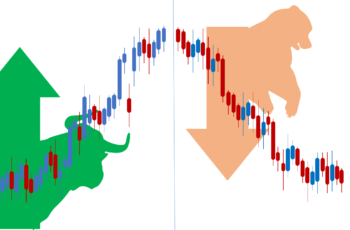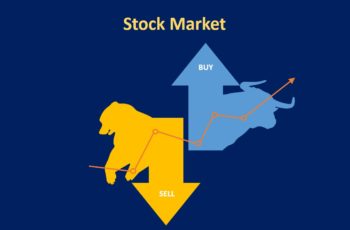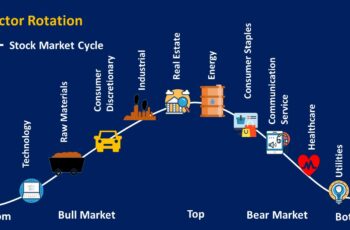Types of investors are defined by techniques that investors employ to analyze the market.
An investor applies a combination of fundamental analysis and technical analysis. A pure fundamental or technical investor does not exist. Everyone utilizes some degree of both in his market examination.
Generally, we can say someone is a fundamental investor (who uses macro and micro data to analyze the market) or a technical investor (who uses charting techniques).
To grasp what I mean, I explain both of them separately.
Fundamental Types of Investors
A fundamental investor is someone who uses fundamental analysis in his investment strategies. He uses both macro-data, such as the unemployment rate and the GDP, and micro-data, such as earning and sales growth rate of a company.
Of course, he uses technical analysis but less frequently.
Broadly, there are two types of fundamental investors, value and growth investors.
Value Investor
A value investor makes investment decisions after examining a company’s performances and macro-data, such as interest rate and the GDP. He does predict the future and cares about the present and market performance.
A value investor tries to know what a company is doing. For example, he should understand the areas such as sales, accounting, supply chain, and so on.
Last but not least, a value investor often sticks to established companies and industries. He is not very interested in new technologies because their risks are much higher than established industries.
Warren Buffett is an example of a value investor. He does not invest in a company unless he knows its operation etc.
Growth Investor
A growth investor is a risk-taker who wants to predict future technologies and industries to make a higher return.
A growth investor tries to predict the future, take risks, and hope to get a higher return.
Often a growth investor wants to see the next five to ten years and invest in industries belonging to those times.
Younger investors tend to be more in this category because they are more risk-taker than aged people.
Technical Types of Investors
A technical trader is a market participant who uses charting techniques such as indicators, candlesticks, and chart patterns to place his trades.
Technical investors believe that the market discounts everything, and you can see their behaviors on the charts. Moreover, they believe everything in history repeats itself, and you can spot them on the chart much faster than by reading books about history.
A technical investor often trades more frequently than a fundamental investor. He trades what he sees on the chart and does not trust too much fundamental data.
Based on techniques that a technical trader uses, he belongs to one of the following categories.
Scalper
A scalper is a trader who opens and closes his position in a short period, such as one hour or 30 minutes.
A scalper is going to benefit from small volatilities not what big organizations such as the world bank and IMF tell.
Scalpers rely heavily on technical analysis and technical tools such as indicators and candlestick patterns. They do not often follow the news but may track economic calendar events to minimize their losses.
Day Trader
A Day Trader opens and closes his position during the day. He usually opens and closes trades on the same day but sometimes may let them last for two or three days.
Swing Trader
A swing trader opens his position at the start of a trend and lets his positions reach till the trend ends (if he is right).
A Swing trader is a short-term trader.
A swing trader uses both technical analysis and fundamental analysis.
Wave Trader
An Elliot Wave Trader is someone who uses wave analysis techniques.
An Elliot Wave trader believes that everything in the world moves in waves and patterns. Their job is to read them.






